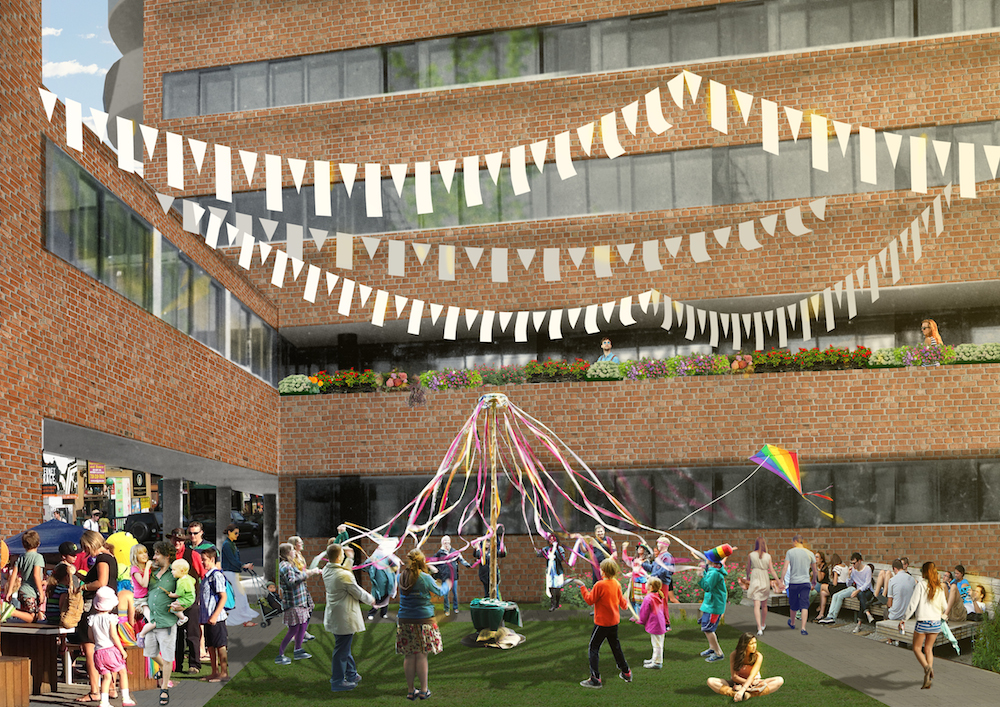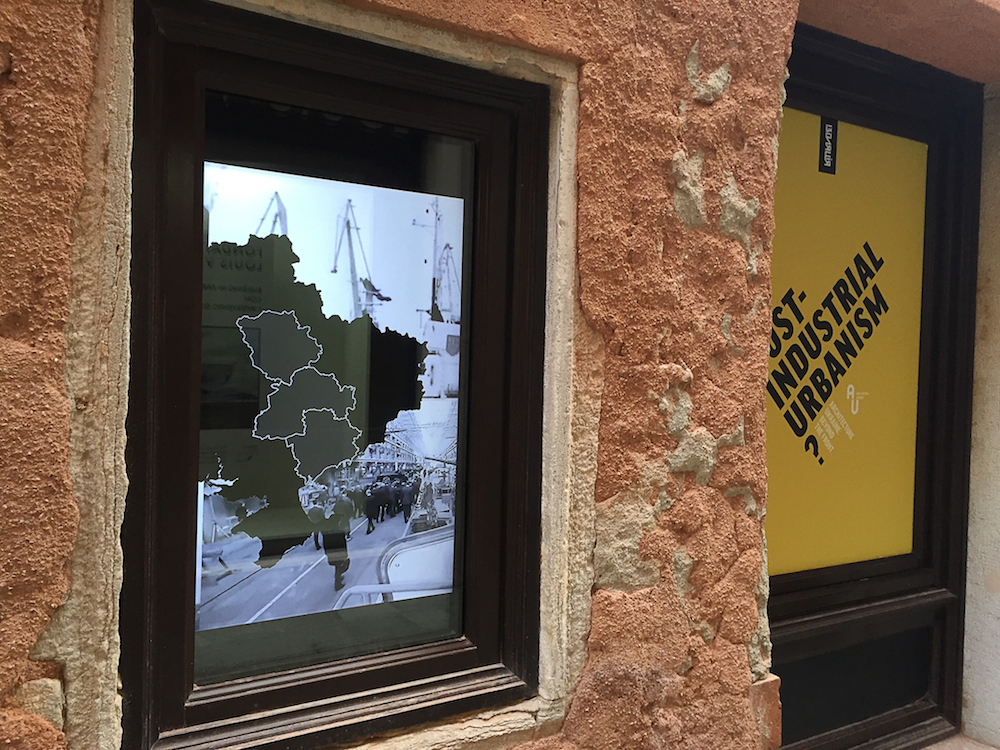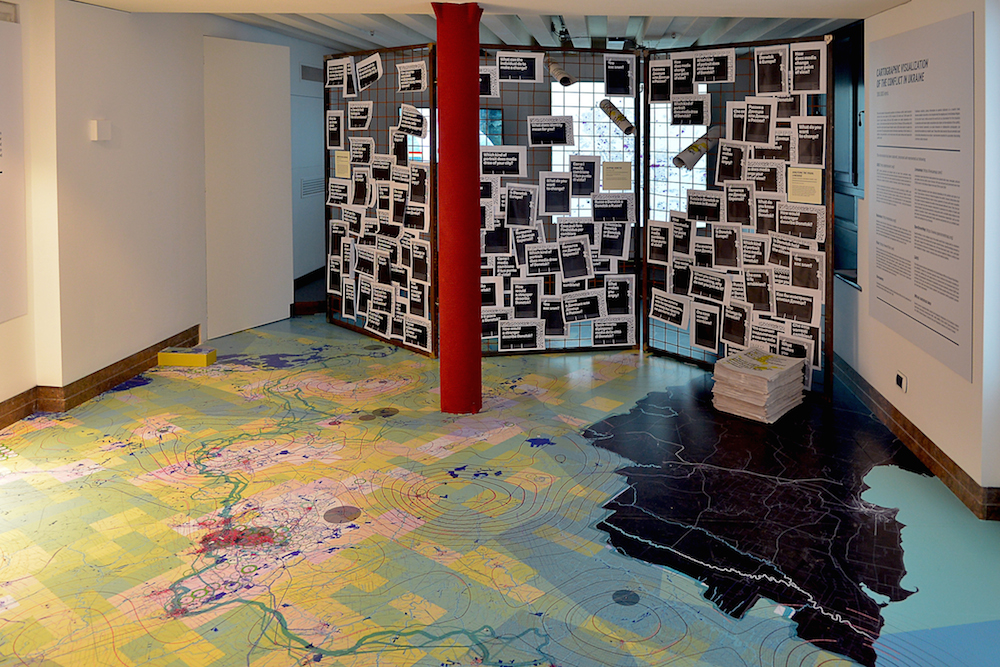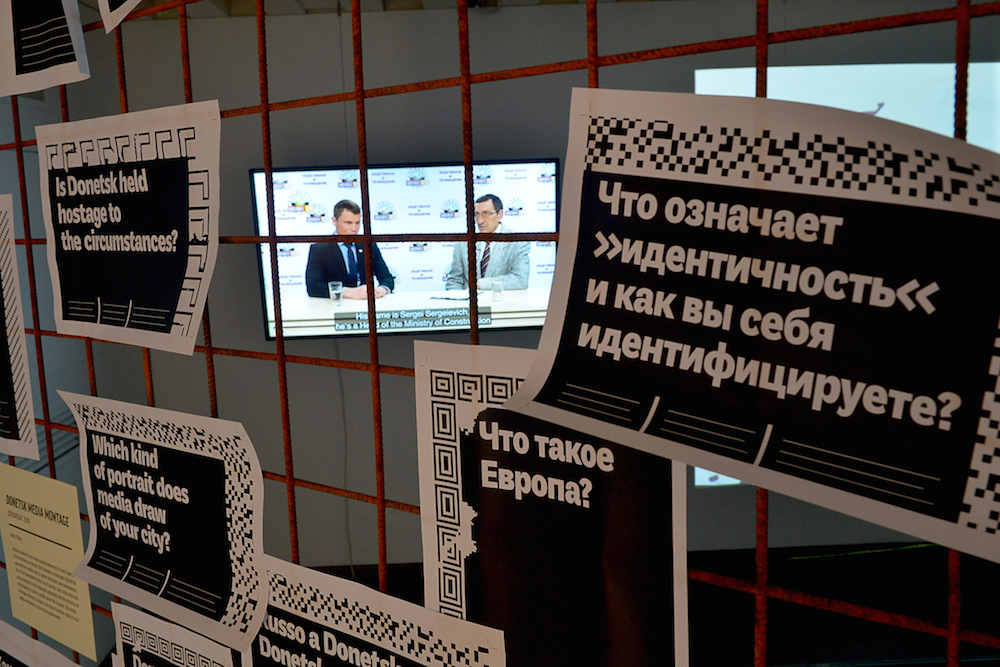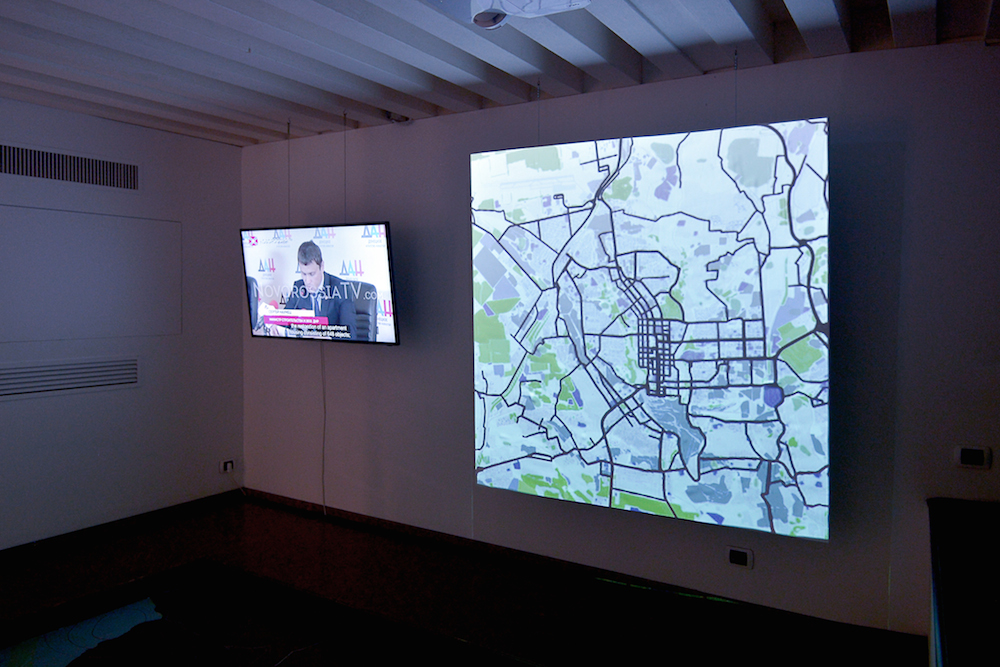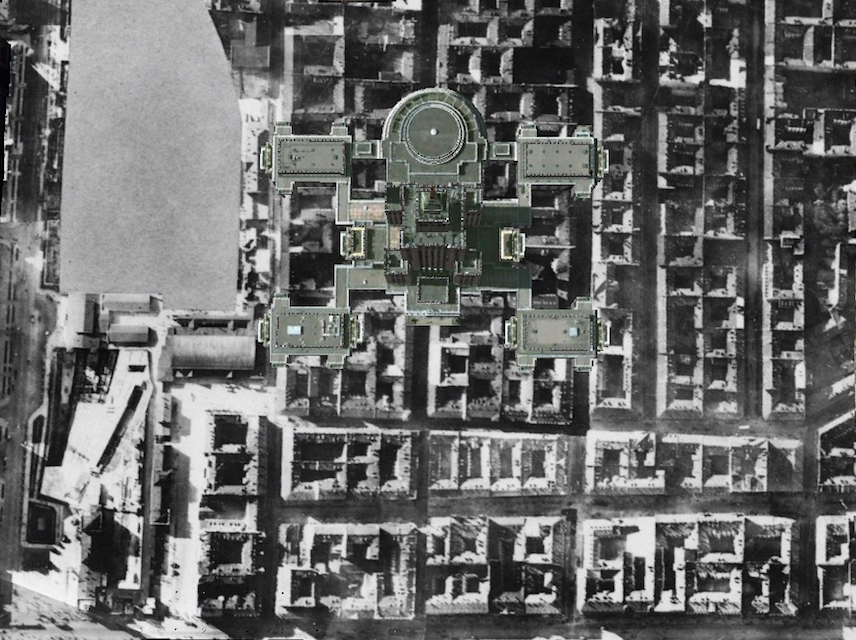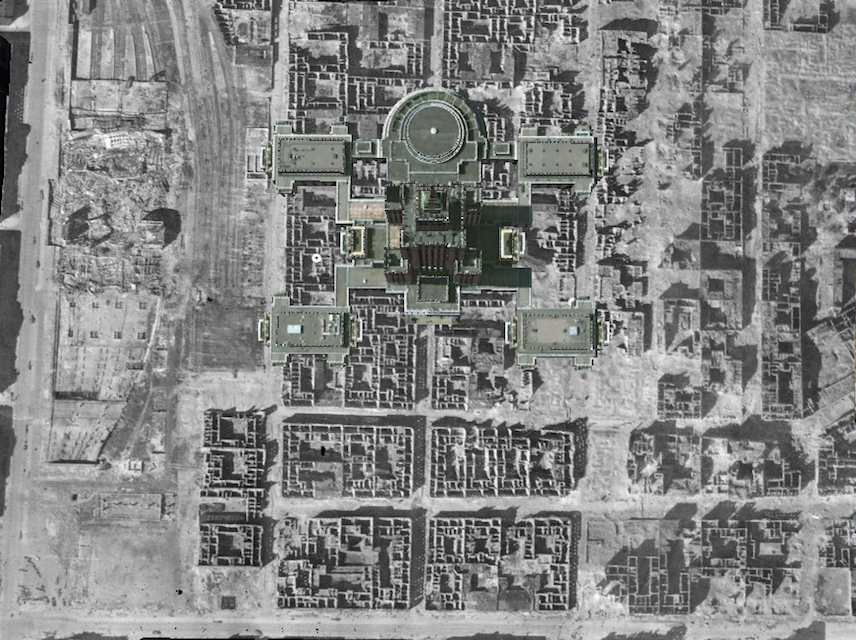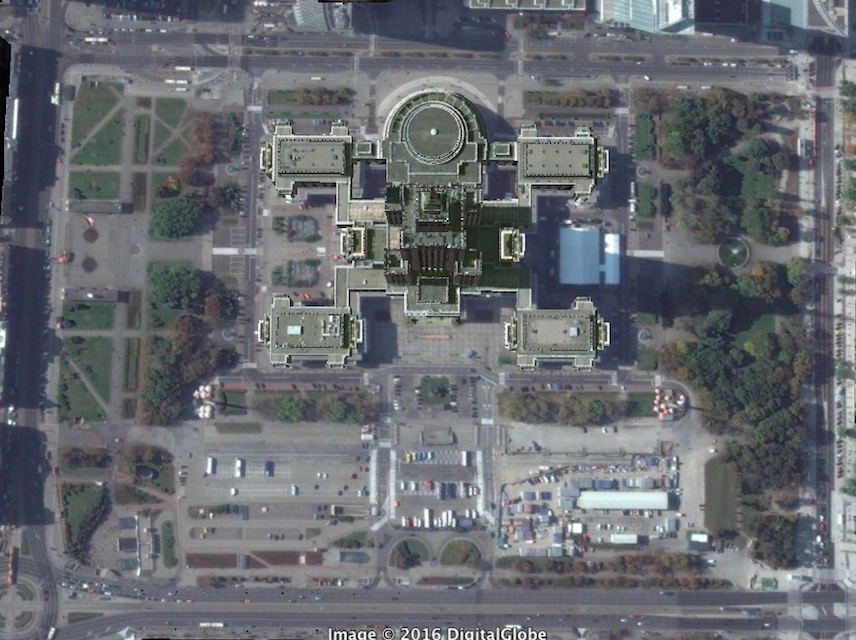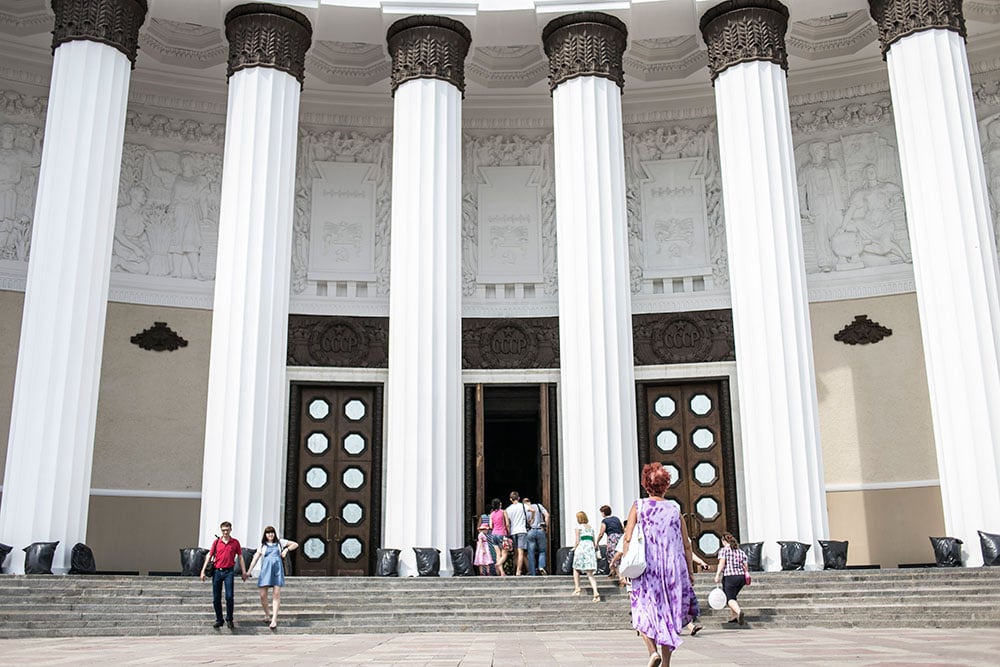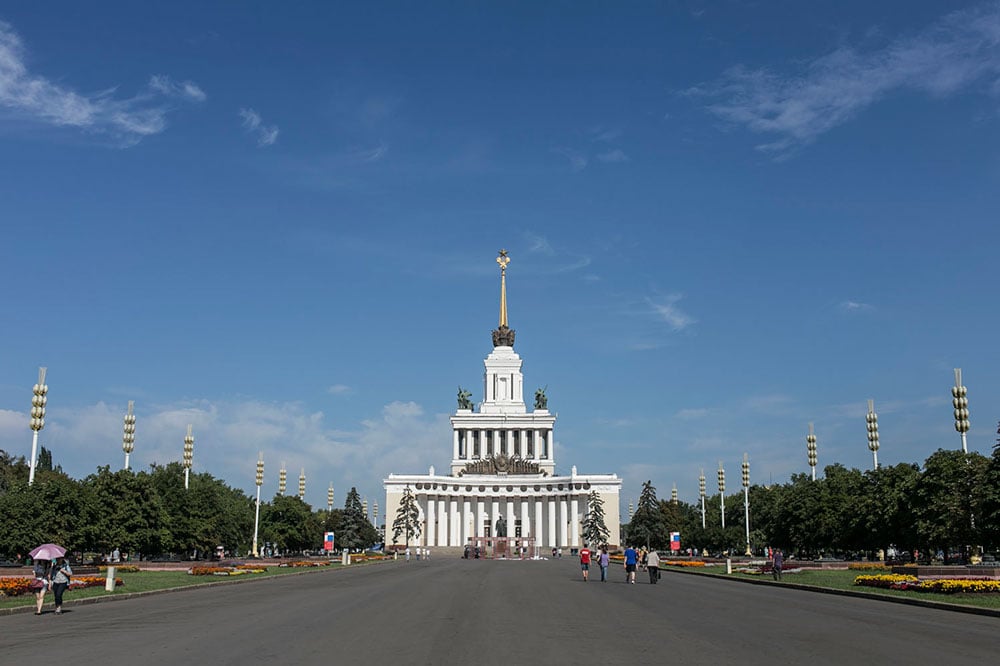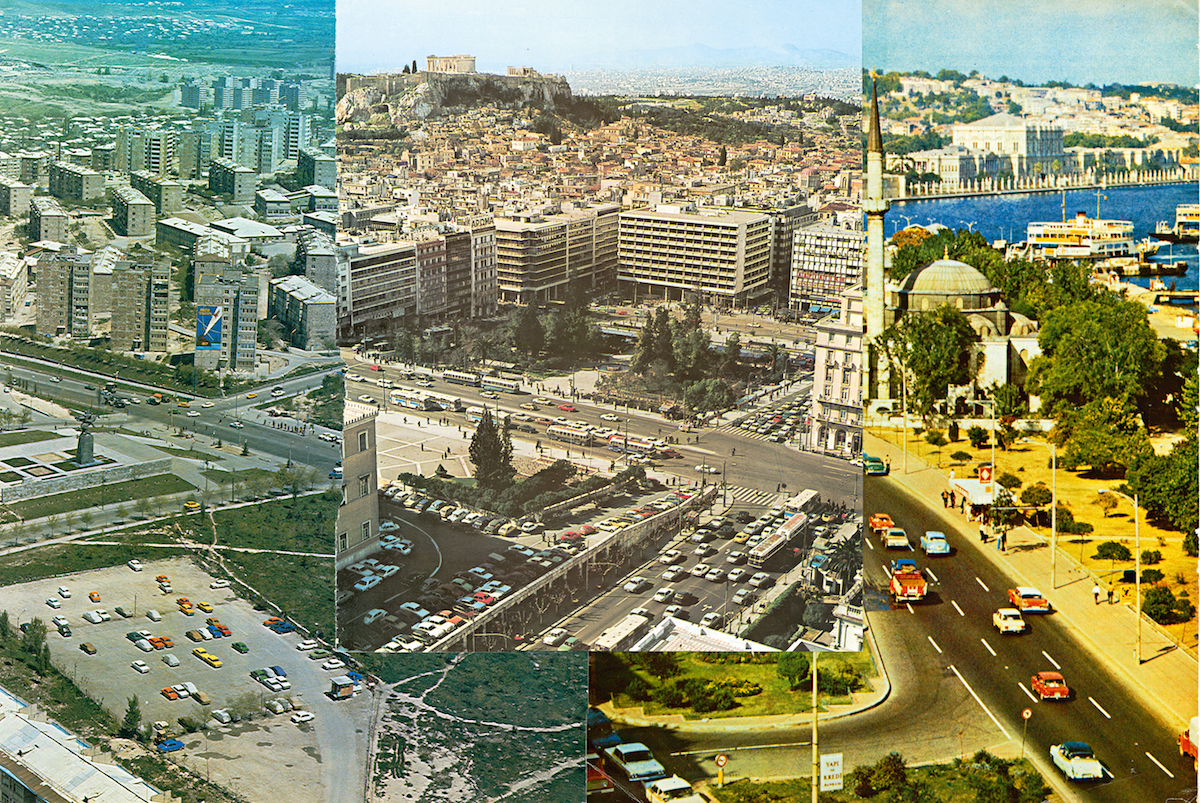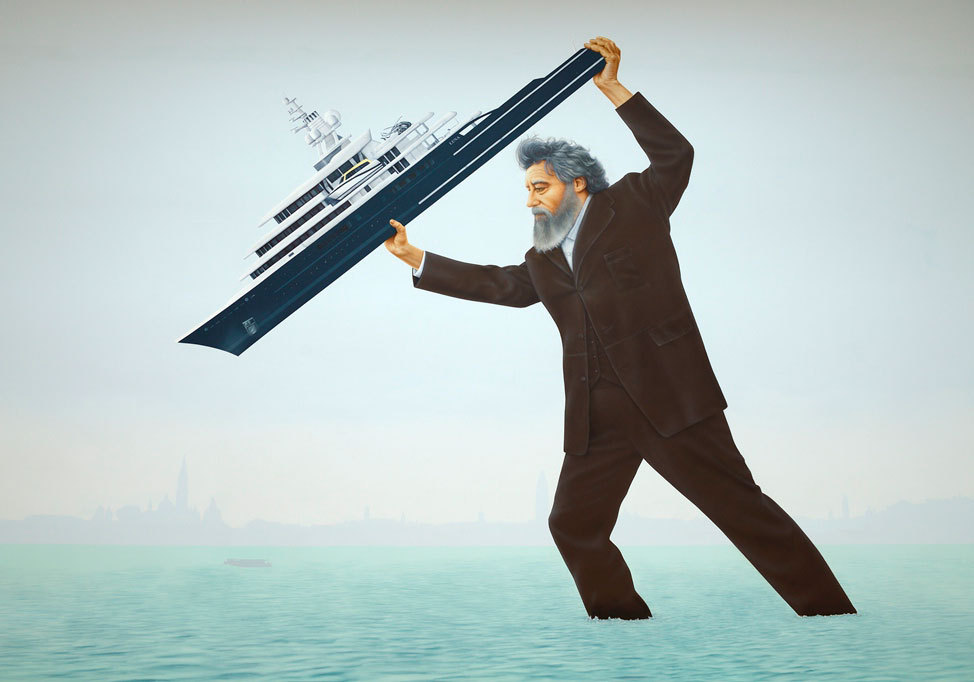Letter from: in search of progressive architecture at the Venice Biennale
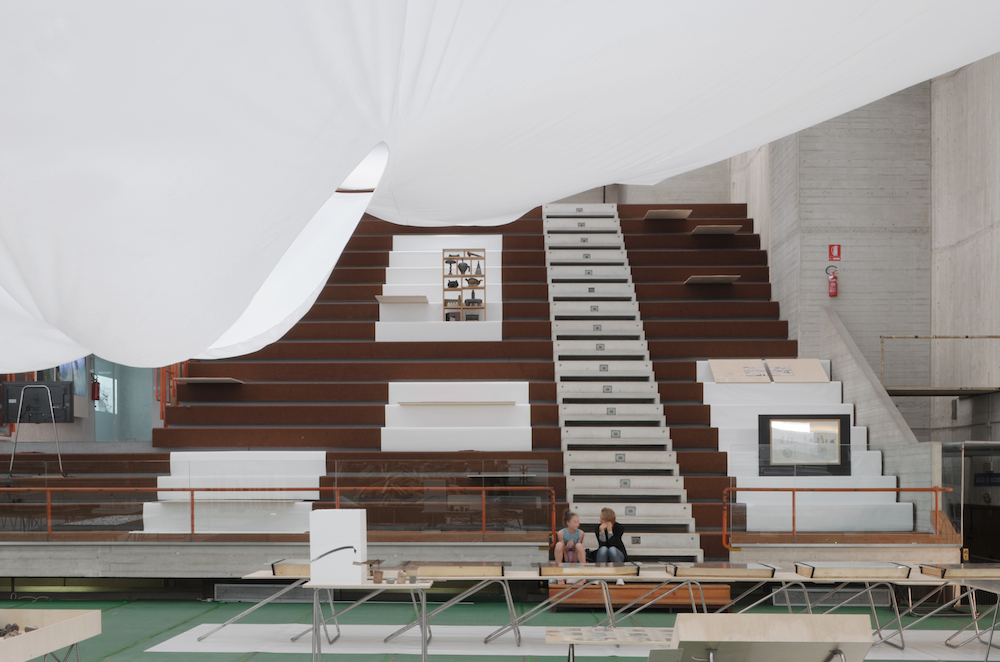
As an expert on Warsaw's Palace of Culture and Science, Michał Murawski went to this year's Venice Architecture Biennale hopeful of finding other examples of “Palatial Communism” in action. Things didn't quite turn out that way
Because the 2016 Venice Architecture Biennale was directed by Alejandro Aravena, the Chilean architect famous for his participatorily designed “incremental” housing projects (half built by the provider, half self-built by the inhabitants), the idea was that 2016’s biennial would be unlike all of the previous ones. The directorship of Aravena, a non-western, non-starchitect (albeit a Pritzker prize-winner) was supposed to de-centre the proceedings this year. The periphery would invade the centre at the 2016 biennial.
Things didn’t get off to a great start. The opening panel featured Aravena sitting on a stage surrounded by nine white, bald, old, male starchitects.
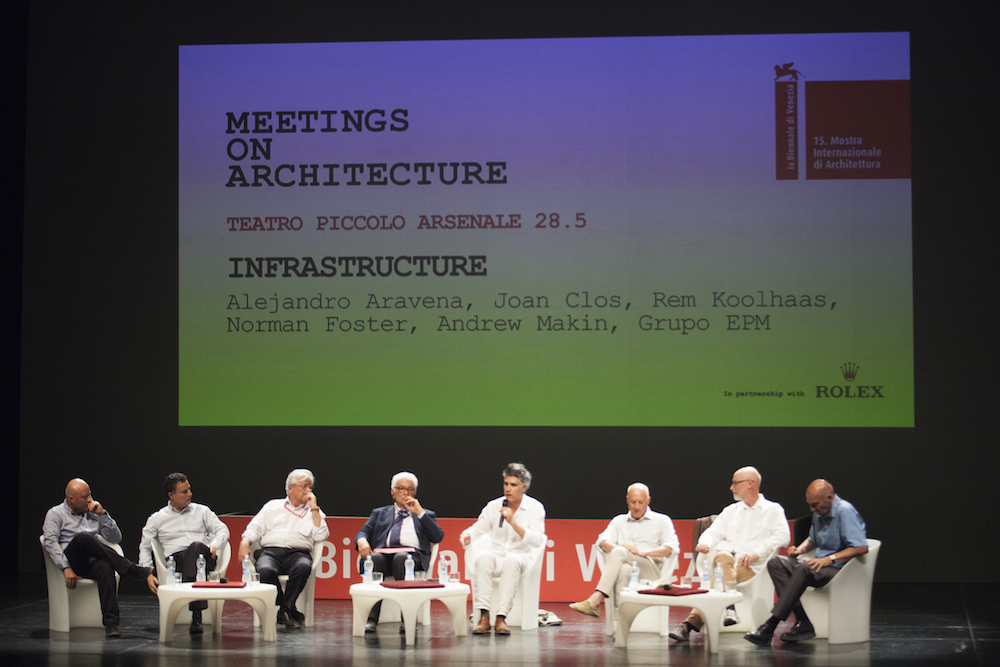
In any case, walking around the many pavilions and exhibition halls, a particular aesthetic was in evidence. There was a lot of green. There were quite a lot of waterfall noises and locally sourced materials and pool-sides to dangle over. There were lots of different definitions and iterations of sustainability and incrementalism and architectural humility on offer.
No Love for Zombie Utopias
There wasn’t too much faith in neo-modernism, new monumentality nor any other zombie utopias in evidence. Indeed, there were quite a lot of slogans on display, saying things like:
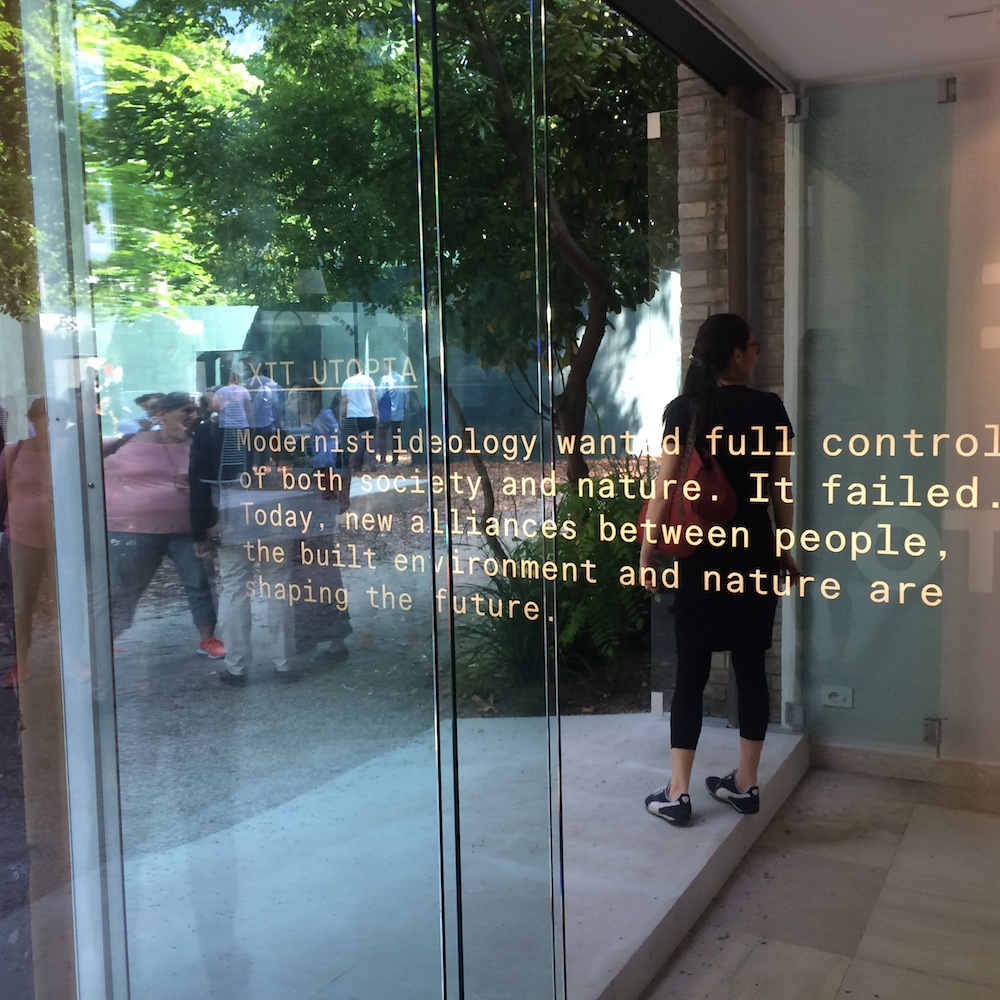
There was also quite a lot of talk of “common sense”, and of “resilience”, of reining in and scaling back ambitions — both in terms of the dimensions of architectural projects themselves, as well as of the transformative social goals attached to them. In almost every case, this talk made direct reference to Aravena’s manifesto statement. Aravena opened his manifesto with the example of the German archaeologist Maria Reiche studying the Nazca lines in the Peruvian desert. Because she didn’t have any equipment with her, she carried around a massive ladder on her back.
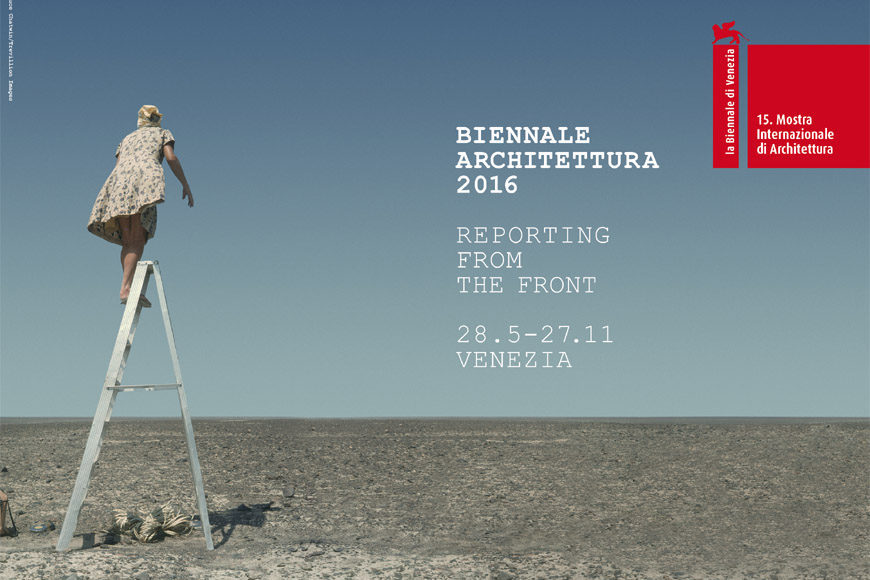
As Aravena puts it, “Maria Reiche did not have the resources to rent a plane to study the lines from above, nor was there the technology to have a drone flying over the desert. But she was creative enough to still find a way to achieve her goal. The modest ladder is the proof that we shouldn’t blame the harshness of constraints for our incapacity to do our job.”
Aravena’s clarion call is, then, a clarion call for resilience. “Against scarcity: inventiveness”. In Aravena’s rendition in particular, this resilience stuff sounded — to me at least — quite a lot like capitalist hero innovation-speak. Triumph in the face of adversity. Keep calm and carry on. Pull yourself together and stop asking for stuff. Get on your bike (or your ladder) and get a job.
In search of Palatial Communism
Amidst all of the greenwashing of politics;
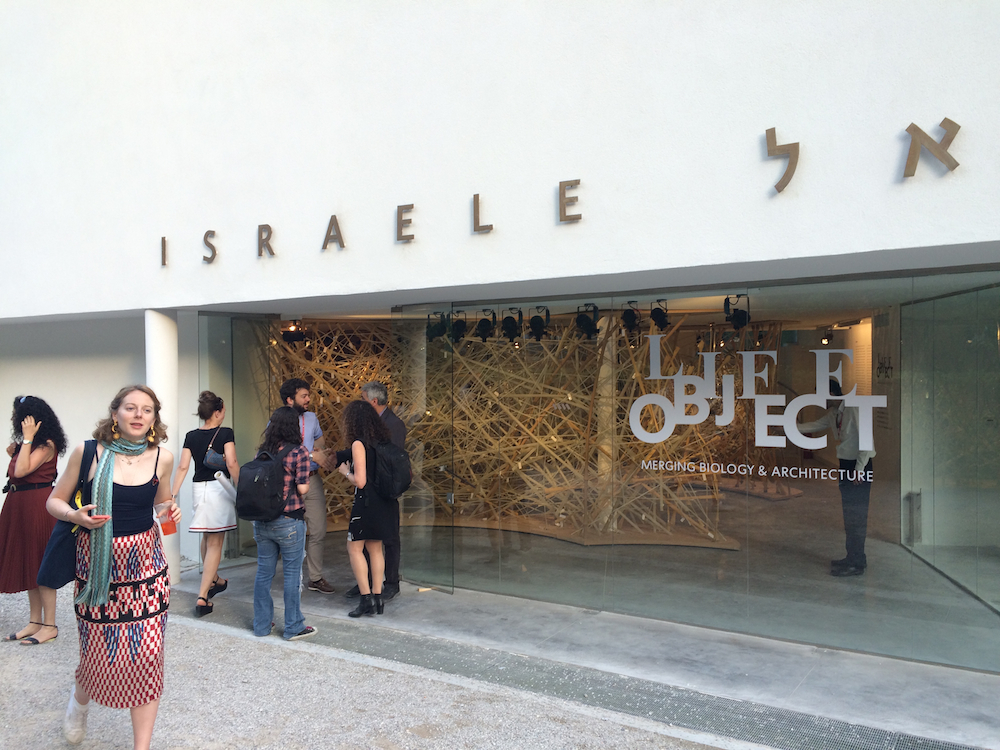
and self-congratulatory refugee-crisis trivialising;
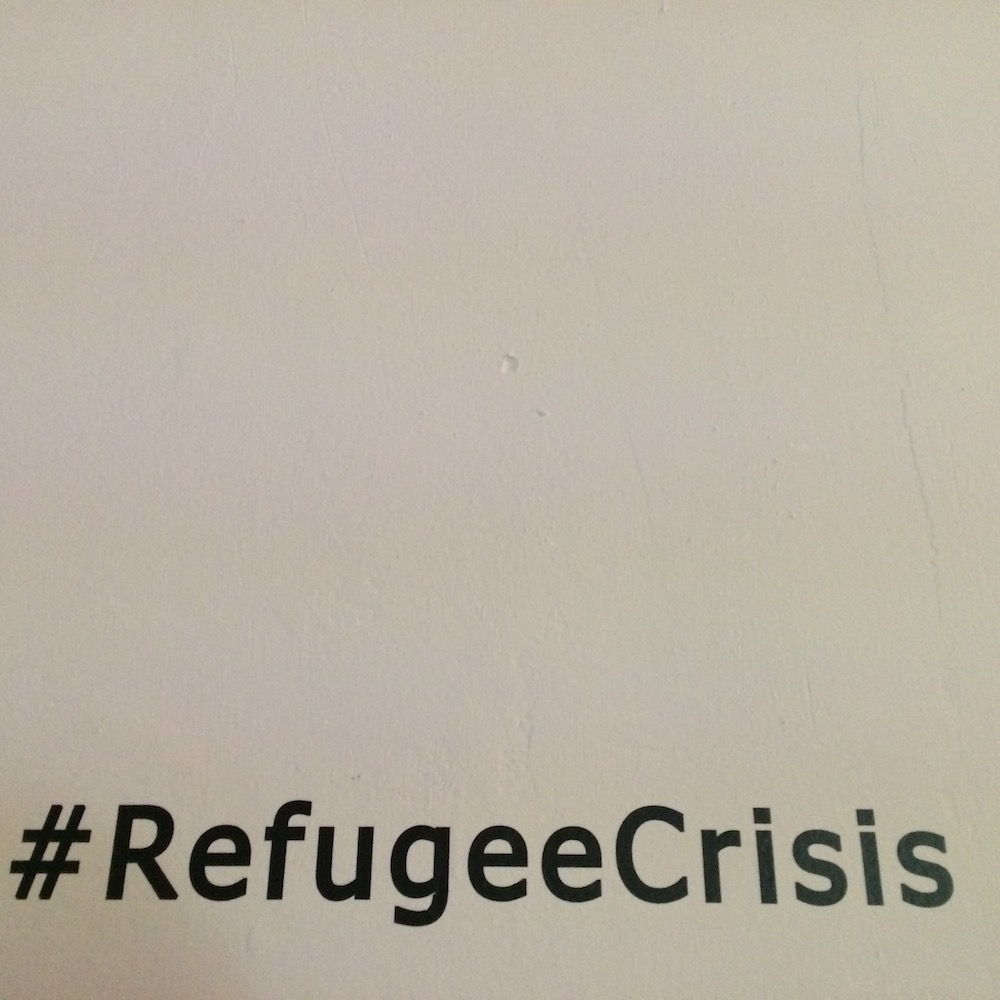
amidst all the neo-Thatcherite romanticism and celebration of the small-scale, organic, resilient and laissez-faire; amidst the verbal diarrohea and endless reams of post-postmodern jargon;
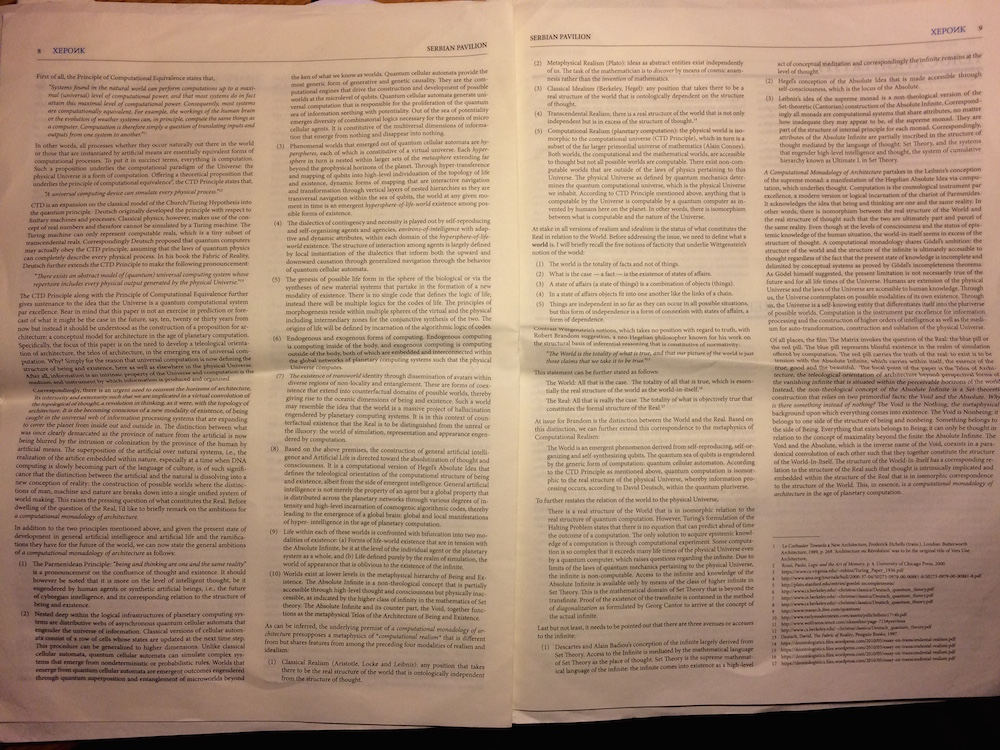
amidst all the bourgeois romanticism of the humble; amidst all the identikit, tired old dancing on the corpse of modernity, monumentality and utopia, I began to feel frustrated.
Why, when the periphery invades the centre, does everything have to look, feel and present itself like this? Why do we have to assume that there is some kind of inherent interdependence between egalitarianism and asceticism; or between progressive politics and the renunciation of riches?
Now, some thinkers and scholars have recently begun to provide some clues about how we might go about rethinking these kinds of political-aesthetic elective affinities. Kristin Ross, for example, drawing on the writings of Eugène Poittier and other members of the Paris Commune, has developed the idea of communal luxury. Łukasz Stanek, meanwhile, taking his cue from the French spatial theorist Henri Lefebvre, refers to the idea of collective luxury — a type of luxury which is intriniscally tied to what Lefebvre called “the dialectics of centrality”: a way of conceiving of radical space, which focuses as much on centres as it does on peripheries.
I made my way through the biennial on the lookout for Palatial Communism in action
And there is also, of course, the old Soviet idea — and practice — of Palatial Communism, which can be traced back to a proclamation of Sergei Kirov’s at the First Congress of the Soviets of the USSR in 1922:
“It is often said that we wiped the palaces of the bankers, landowners and tsars off the face of the earth with the speed of lightning. That is correct. Let us now erect in their place the new palaces of the workers and labouring peasants.”
I thought I’d found a pretty good example of actually existing, successfully functioning Palatial Communism (or collective luxury) in action in Warsaw, with the Stalin-era Palace of Culture and Science – a building that I spent about six years of my life studying and writing about.
The scale and sophistication (both aesthetic and intellectual) of the pavilion — a collaborative reflection on the history, geology, infrastructure, economy and possible futures of the Baltic region — dwarfed pretty much everything else within the Giardini and the Arsenale. There were plenty of clues here, I think, about the potential forms and ideologies that progressive palatial architectural futures might adopt.
But then, as I returned to the Giardini, I came to the Russian Pavilion, devoted to VDNKh, the vast Stalin-era Exhibition of Achivements of the National Economy (a sort of oversized Soviet Giardini, in fact). Located on the outskirts of Moscow, VDNKh is currently being restored to its former bombastic glory by the municipality.
There was clearly some Palatial Communism going on here. The pavilions of the VDNKh had, indeed, once been called palaces. The central pavilion, for example, was The Palace of Science, Technology and Party Policy in the Countryside. And inside the Russian pavilion in Venice, there were huge Stalinist bas-reliefs, uncovered during the ongoing conservation project.
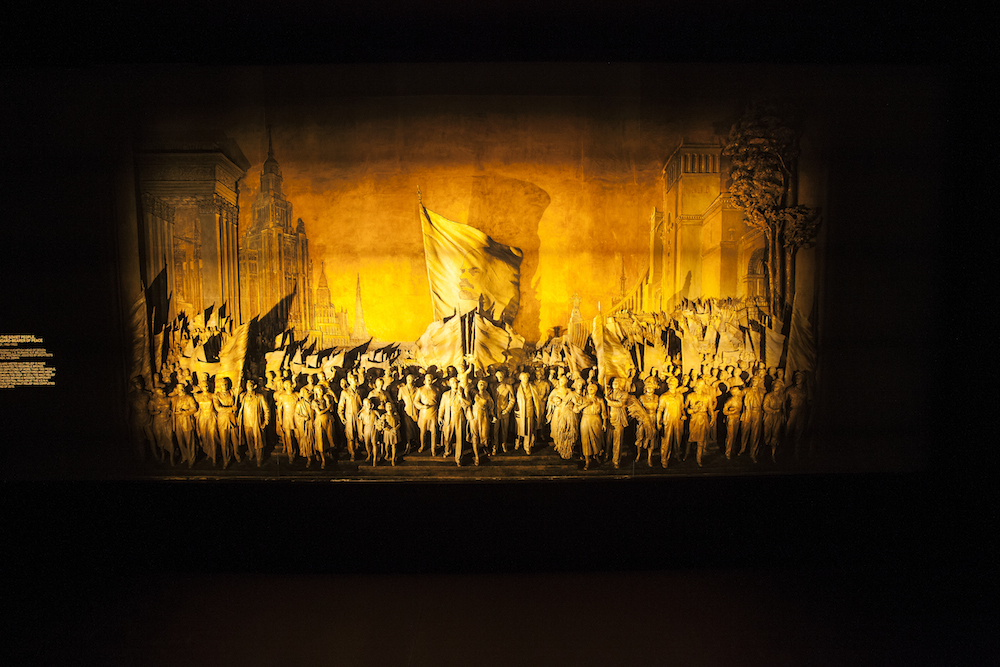
There was bombastic Stalinist music: a special piece written by Shostakovich in 1948 in honour of VDNKh. There were intricate replicas of monumental pieces of Stalinist statuary.
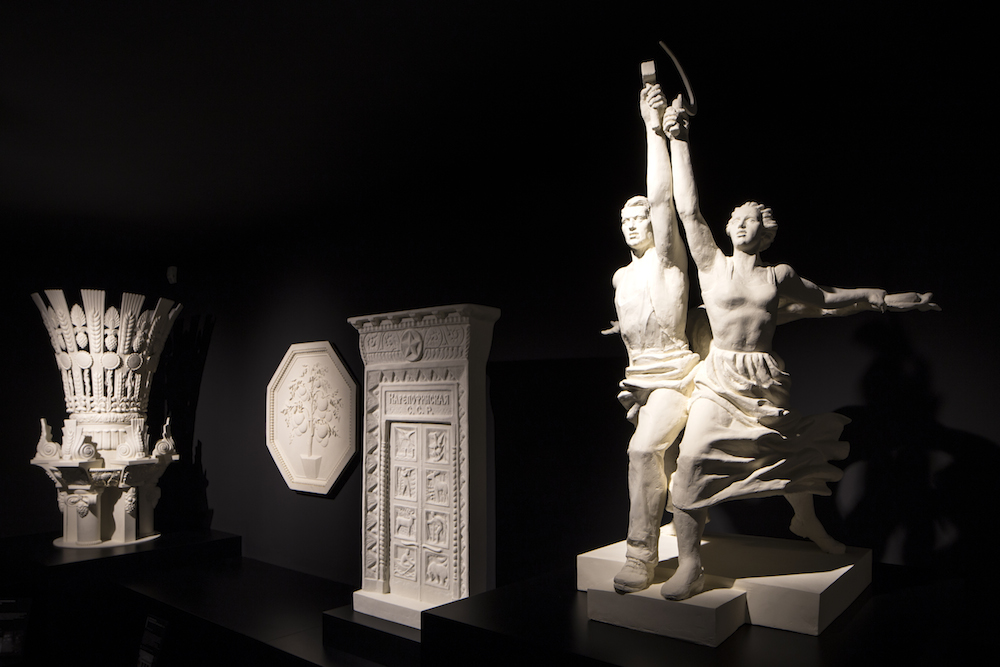
There were pop-Stalinist kaleidoscopic slideshows of hammers and sickles, ice-skating boots and Stalinist columnades projected, like animated Pantocrators, into the pavilion’s dome.
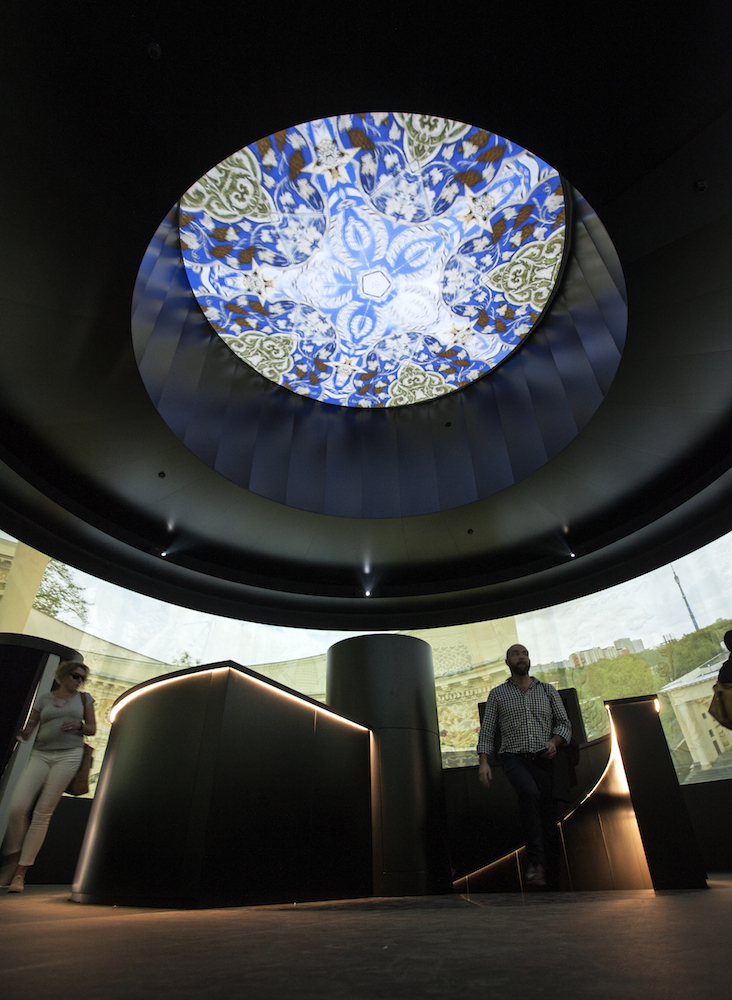
There were even multiple unapologetic articulations of zombie utopian determinist sentiments. In the words of the exhibition curator, as relayed in the catalogue, “I have a lot of sympathy for the idea that architecture as a field of professional activity is … first and foremost, an instrument for shaping the environment and managing life.”
The task of the VDNKh project itself was summed up by the curator as follows: “VDNKh as a place with deep historical significance deserves a proposal for its future that can project an ambition and radical vision matching the one that contributed to its very creation.”
Jokes
These languages, these aesthetics, were very familiar. They had featured in the Russian pavilion before, during the 2014 architecture biennial, when the exhibition was curated by Dasha Paramonova, Brendan McGetrick and Anton Kalgaev.
The 2014 project, entitled “Fair Enough”, was conceived of as a mock international trade fair. A trade fair at which various concepts and projects from the Soviet past and the Russian present were reincarnated as private businesses competing to sell their services on the marketplace: Narkomfin TM, Archipelago Tours, the Young Pioneer Palace Atelier, and so on. YPPA (the Young Pioneer Palace Atelier) was devoted to exporting around the world the model of the Soviet Pioneer Palace — a sort of youth social condenser, a machine for the socialist inculcation of the bodies, minds and souls of the young.
“Our work is based on Modern principles”, the atelier’s blurb explained. “We believe that a rational, harmoniously designed physical environment, close to nature, can help shape young people and ultimately, our future society.” Many of these sentences were so similar in tone and content to those encountered in the 2016 VDNKh pavilion, that I found myself getting confused. I simply couldn’t tell — on the basis of the notes I had taken from both catalogues — which one was which.
Stiob?
Now, there was clearly a lot of irony in the “Fair Enough” project. There was clearly a lot of very conscious mimicry of, or over-identification with, the language of power and authority. A mimicry all the more powerful for its subtlety. This, in other words, was a classic instance of the sort of parodic over-identifying satire, which, during the latter years of the Soviet Union, became known as stiob. With stiob, it is almost impossible to tell where the parody ends, and the earnest content begins. So was there any stiob in the 2016 Russian pavilion?
Was there anything ironic going on here at all? Were the curators consciously taking the jokes from “Fair Enough” to a whole new dimension of sophistication? Or were they, quite simply, deadly serious in their desire to re-ignite and breathe new life into the aesthetics — and perhaps also the politics — of the Soviet Union?
The Ukrainian Pavilion at this year’s biennial was on the periphery, far outside of the main exhibition area, in a rented basement behind Piazza San Marco. The pavilion was devoted to a cartographic mapping of conflict and occupation in the Donetsk People’s Republic, the self-avowed autonomous region in the east of Ukraine where a bloody conflict has been raging since 2014.
When I asked one of the pavilion’s commissioners whether she had seen the Russian Pavilion, she wasted no time in making the link between the neo-Soviet aesthetics and trappings of the Donetsk People’s Republic, and the neo-Soviet aesthetics and trappings of the reborn VDNKh. It’s “one and the same thing”, she said.
“Don’t be naïve”, she implored. “The DNR scenario can repeat itself anywhere in Europe, at any time,” she claimed. And she told me to read a book by chess champion turned anti-Putin dissident Gary Kasparov, whose rather unambiguous title evokes a well-known phrase from the Game of Thrones franchise: “Winter is Coming” (itself a reference, of course, to an impending zombie apocalypse).
As I stumbled out of the Ukrainian basement into the blazing sun of Venice in late May, winter was nowhere to be seen. I did, however, happen to stumble into the commissioner of the Russian pavilion, who was loitering around on the pavement. I asked him whether he had been to the Ukrainian Pavilion. “Yes”, he said, and made a sort of disapproving grunting noise.
‘Look, I am a Russian man, do I have a gun in my jacket?’
I asked him how he would respond to all of those people, who were alarmed, shocked — or perhaps, simply confused — by the Russian Pavilion. People who couldn’t separate its neo-Soviet bombast from Russia’s current irredentist awakening and expansionist adventures. The commissioner thought for a moment, opened his blazer, and said, to my substantial surprise, “Look, I am a Russian man, do I have a gun in my jacket?”
At this point, the curator of the Russian Pavilion stumbled over to us too. The commissioner grabbed the curator’s blazer. The curator looked a bit embarrassed as the commissioner — who had, perhaps, had a few more Aperol spritzes than he had — said, pointing to the inside of the curator’s jacket, “He is a Russian man too, does he have a gun?!”
Now, whether or not he has a gun in his jacket, Sergey Kuznetsov — the curator of the VDNKh Pavilion — is the Chief Architect of Moscow: the municipal official directly responsible for the implementation of the VDNKh project. So, is it possible for a high state functionary to be ironic about a project like VDNKh, which he is actually implementing? Is there such a thing as “actually existing irony”?
Conclusion
The construction of the Palace of Culture in Warsaw was made possible by quite a lot of violence and coercion: most markedly by the expropriation of property from private landlords by the state, and by the levelling of numerous nineteenth-century tenement blocks (those, that is, which hadn’t been destroyed during the Second World War).
But, in the context of post-war Warsaw, rebuilding itself from the most dramatic and far-reaching act of urbicide in world history — my book argues — this constituted a genuinely, substantively progressive act of expropriation. And in the post-socialist Warsaw of today, the Palace — which continues, despite many attempts to privatise it, to be publicly owned — is a building which somehow resists the “wild capitalist” chaos — of property restitution, 20-storey billboards, inner-city poverty and rampant gentrification — that surrounds it.
In today’s Warsaw, the Palace is a powerful architectural embodiment of what anthropologist Kristen Ghodsee has referred to as the “the left side of history”; but also, since its magnificent solidity makes it likely to be around well into whatever future comes around, of what Jodi Dean calls the “communist horizon”. The Palace exists at once as an anachronism, a fossil of a dead (or dormant) property regime, ideology and aesthetic; and as a proud edifice of change, whose “architectural power” embodies a powerful challenge to the privatising political economy and exclusionary spatiality of the post-socialist city.
My amblings around Venice, however, posed more questions than they answered, with regard to my views about Palatial Communism. Beyond Warsaw, what scope is there for Palatial Communism — for a non-ascetic, non-renuciatory, progressive type of architecture — in the world today? What kind of political system, or ownership arrangement, might allow Palatial Communism to take hold? Can you build Palatial Communism without guns in your jacket, or without a zombie apocalypse?
Michał Murawski’s book Palace Complex will be available in English in 2017
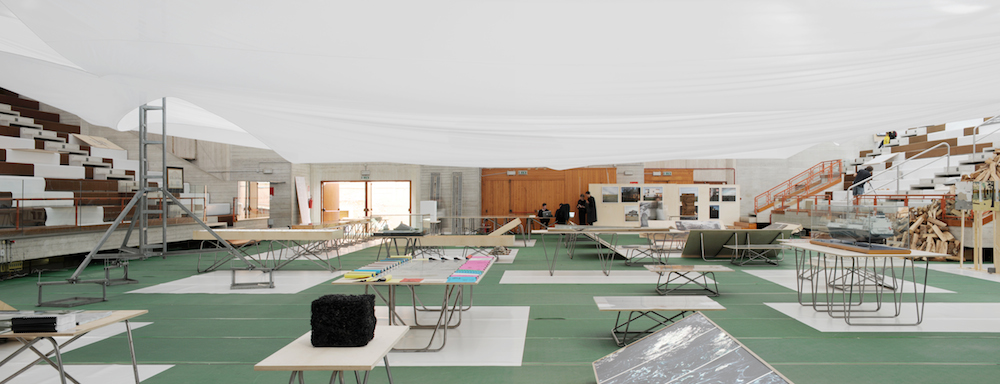
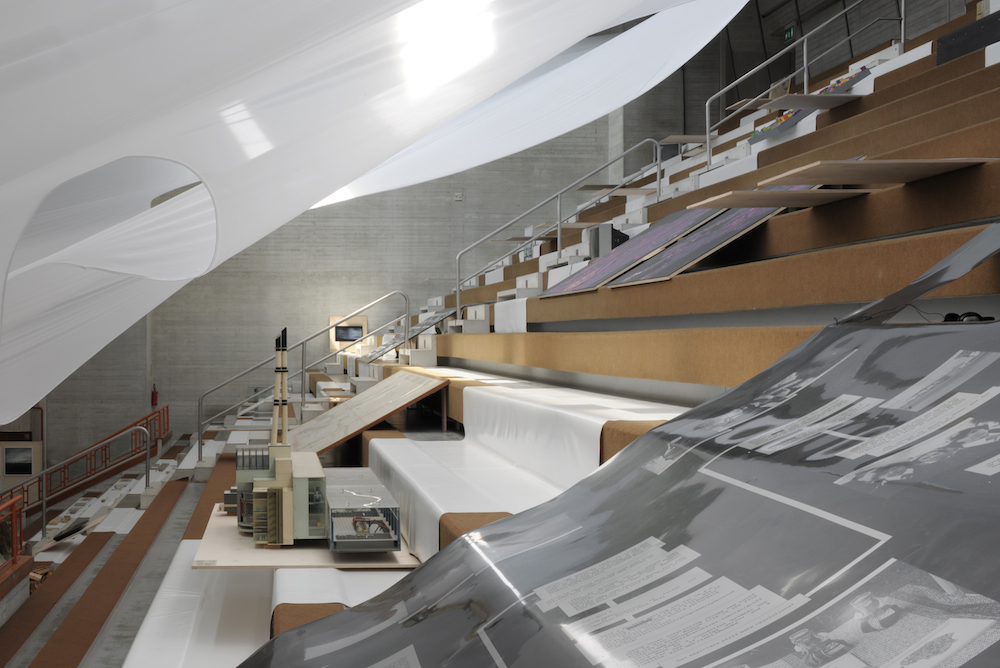
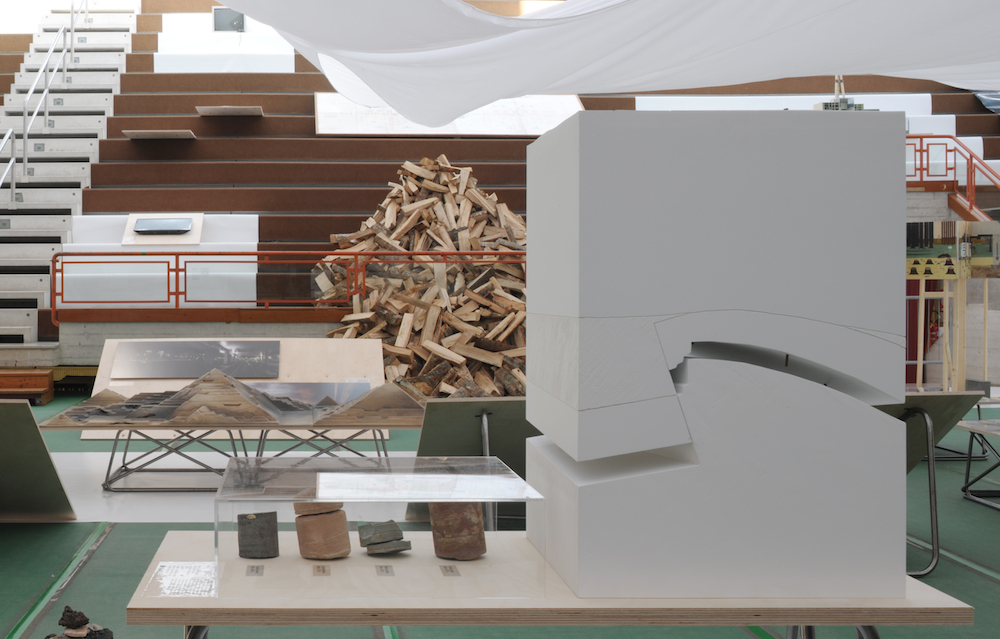
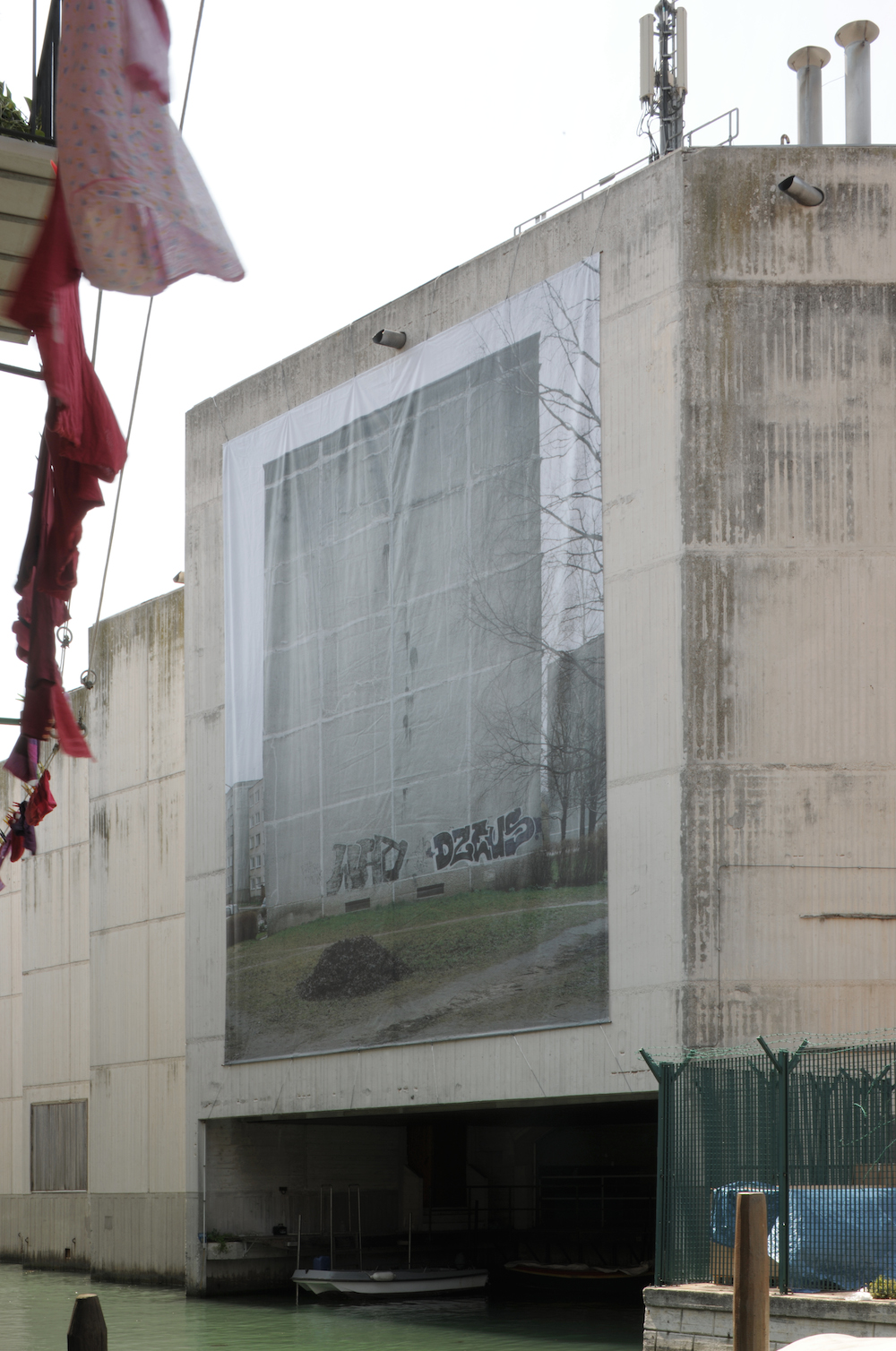
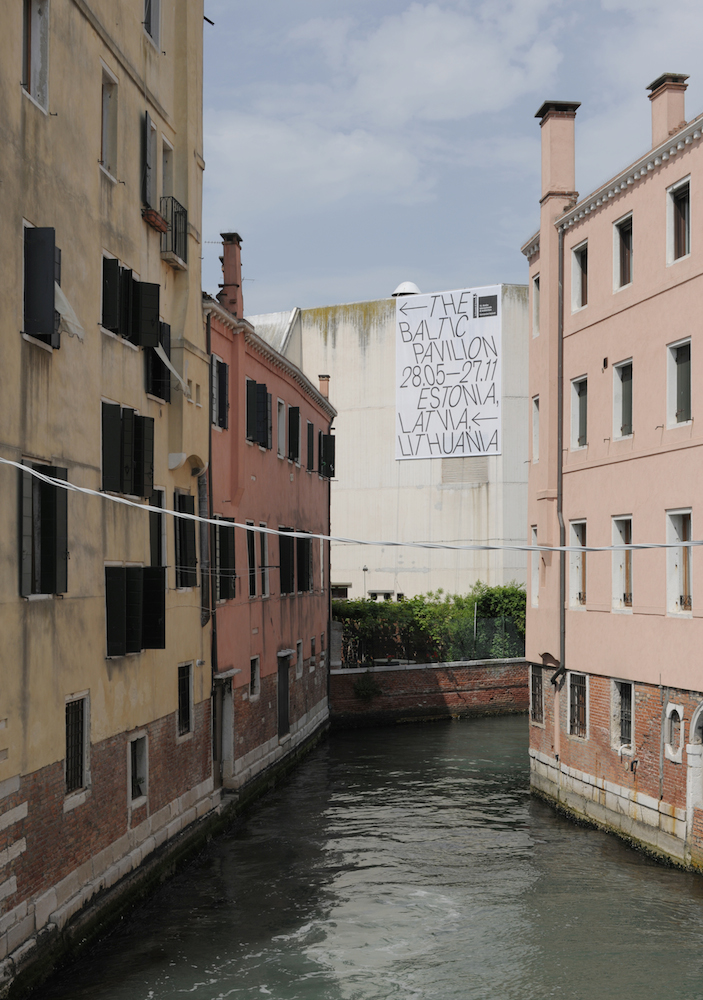
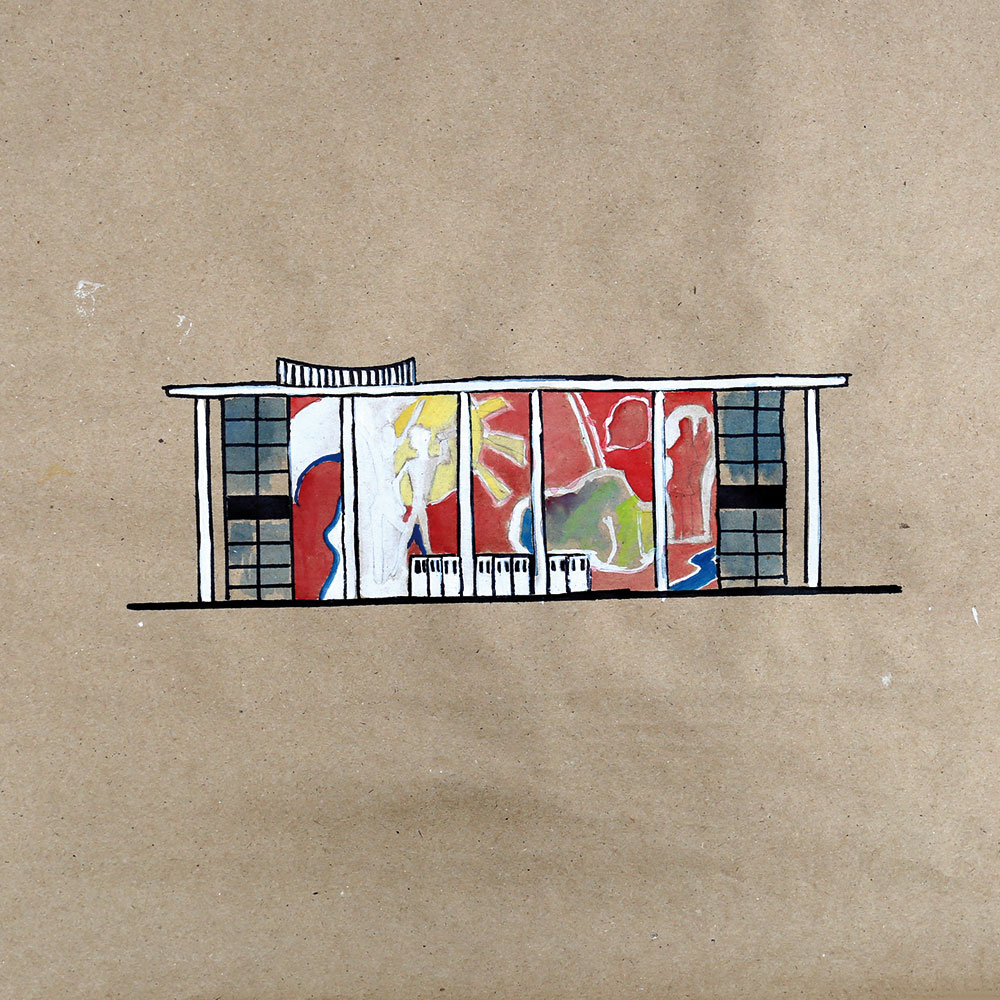
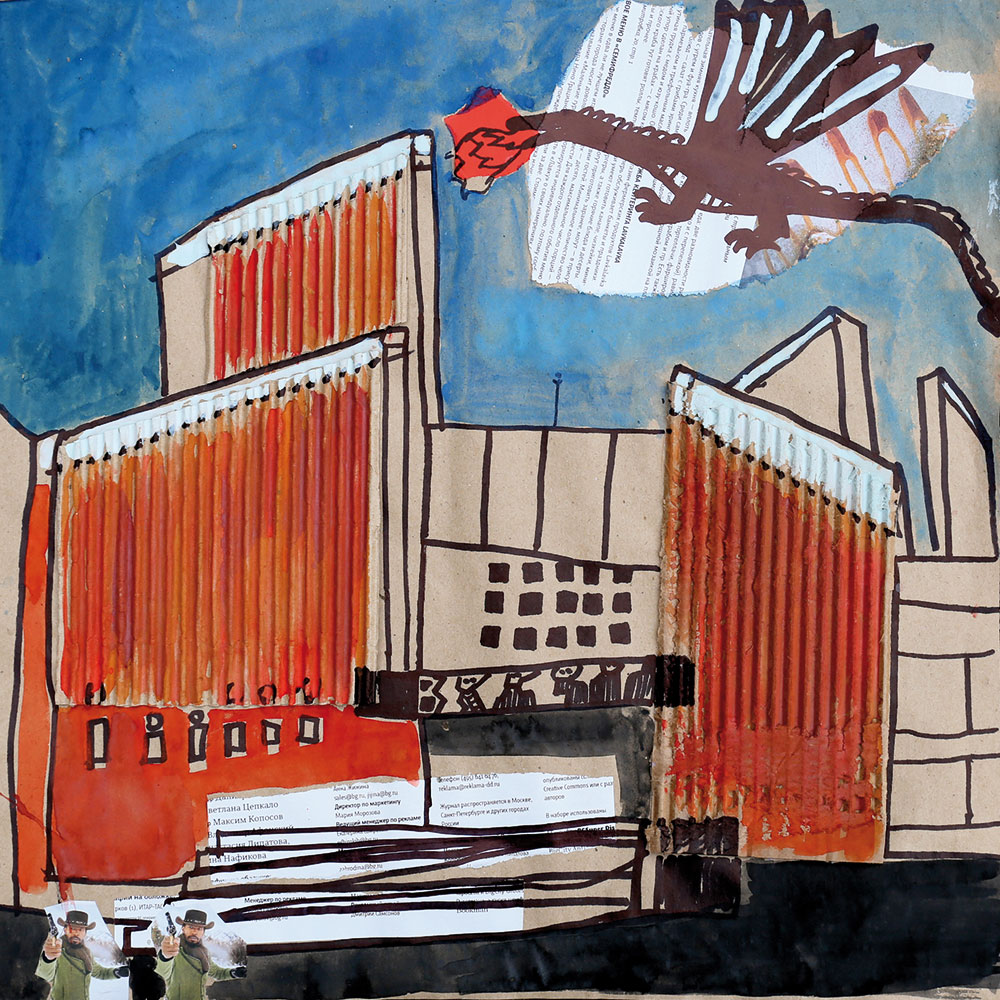
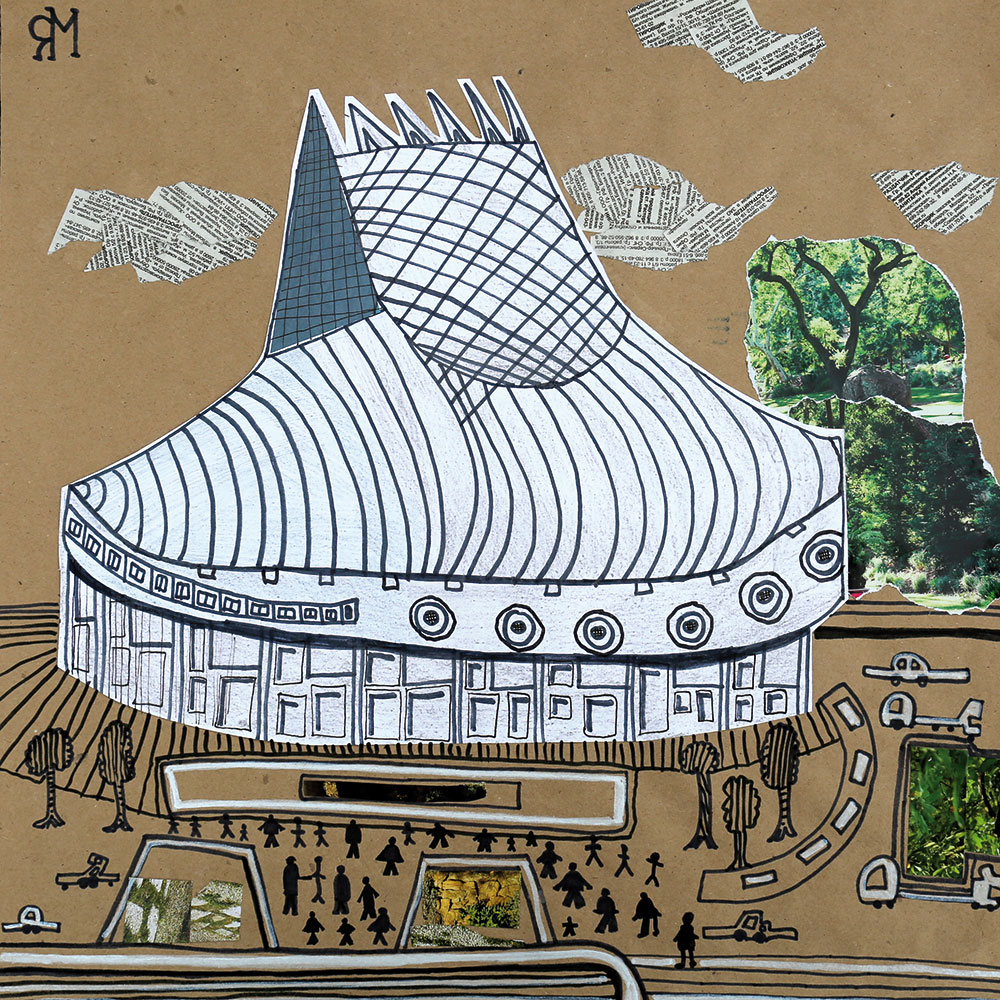
.jpg)
